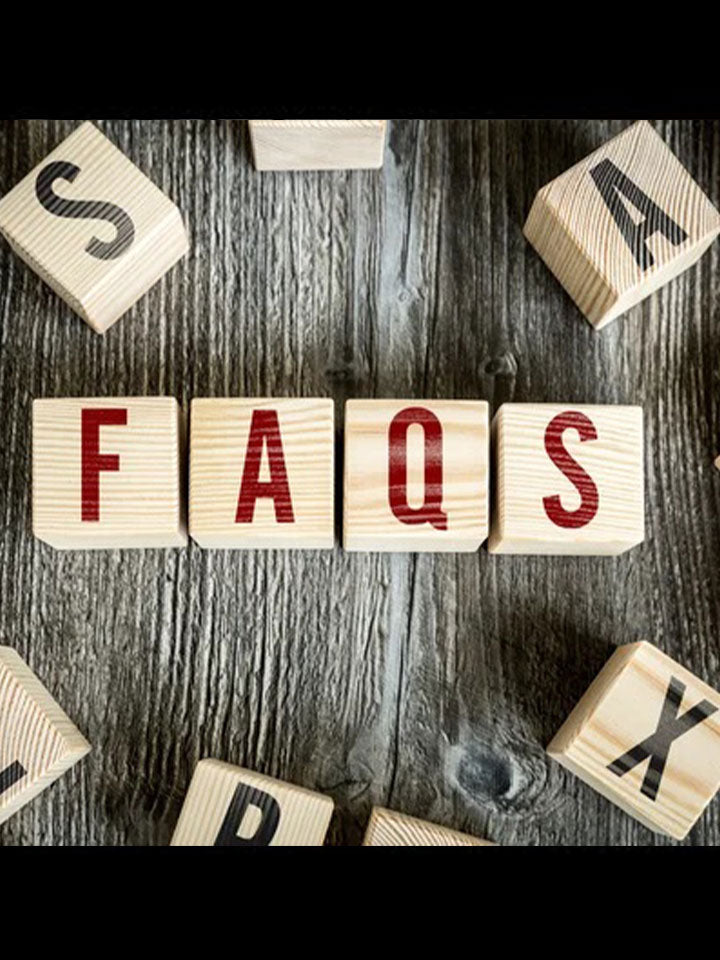|
Don't see the exact system you're looking for - no problem. Most synthesizers are custom, designed by you, to meet your exact needs.
System Components
Free Assembly
We'll be glad to put your system together at no charge. We'll mount the power supply, route the power cables, and mount the modules. Everything will get tested together.
Module Selection Ideas
You'll probably spend the most time selecting which modules go into your system. Here are some guidelines to help:
Module Placement Ideas
Here's some ideas on placement of modules in your system. Some people like to place all similar modules together and others like to group series of modules together in similar groups. My philosophy is to make common things easy and to make weird things possible. So, I would suggest you consider how you will be using your system and place modules to make the normal things you'll do easy, but without limiting other possibilities. Everyone has their own ideas about this but here are some guidelines that may help:
-
Oscillators (VCO): See Q106.
Since signal flow is usually left to right, place the oscillators on the left side, just to the right of pitch and gate sources such as the Q104 MIDI Interface, Q118 Instrument interface, etc. If you're using a Q141 Oscillator Aid, put it on the right side of the right-most oscillator. This positioning near the middle of the system will allow the oscillator to be used as an LFO for filters, amplifiers, and clippers.
-
Amplifiers (VCA): See Q108.
Mostly amplifiers are used to control the final amplitude envelope of the sound so place most of them on the far right of the system. Amplifiers can be used to control other signal levels such as using velocity to control the output of an envelope generator so place a few throughout the system.
-
Envelope Generators: See Q109.
Most systems have these modules grouped together near the middle of the system since they are used to control filters, amplifiers, oscillators and just about anything else, but you could also place one beside each module that will commonly use it.
-
Filters: See Q107 and Q150.
Filters are normally used to modify oscillator waveforms before being sent on to the amplifiers so place them just to the right of the oscillators and mixers.
-
Mixers: See Q112 and Q113.
Mixers are commonly used to mix oscillator outputs before filtering so you need to have one or more just to the right of your oscillators. Also place one near your amplifiers for mixing the final signals.
-
Multiples: See Q124.
Put them so they are accessable to all modules. If only one then put it in the middle, if two then place left/right, if three then left, middle, right. The most common use of a multiple is to route keyboard signals to multiple oscillators and multiple envelope generators, so place one near the bottom left close to the keyboard jacks, or to the right of the Q174 MIDI Interface. Use the bottom section for gates and the top 2 sections for pitch.
-
Slew Limiters: See Q105.
These are commonly used to create portamento (gradual sliding between notes), so place one right near your pitch source (keyboard jacks) or Q104 MIDI Interface. Slew limiters can also be used to modify gate signals and other control signals so if you have another in your system place it near the middle.
-
Clippers, Ring Modulators, etc: See Q116 and Q130.
These modules are used to modify signals just like filters so place them near or around the filters which is usually to the right of the oscillators and mixers.
-
Noise,Sample & Hold: See Q117 and Q110.
Place these modules together with the Noise on the left, somewhere to the middle or left in the cabinet. But don't get into a rut using them together. Use the sample and hold to modify oscillator waveforms or even envelope signals.
-
Signal Processors: See Q125.
Signal Processors are universal modules that are used to amplify, attenuate, invert or offset any signal so spread them around the system evenly.
-
Reverb: See Q115.
Reverb is a great effect that every system should have. It's normally used near the final signal but use it BEFORE the amplifier to reduce noise. Place it just to the left of the amplifier.
-
Sequencers: See Q119.
Sequencers are usually used as pitch and gate sources so they should be placed to the left of your oscillators or maybe above them. You may use an oscillator frequently with your sequencer so place one to the left of it. Consider placing a Q124 Multiple or Q128 Switch to the right of the sequencer.
-
Connector Interfaces: See Q120, Q121, Q122.
Use these modules to connect to your other equipment such as mixers, computers, or even other synths. If you'll be using another synth to provide the signals for processing by your Synthesizers.com then place the interface on the left side. If you'll be providing signals from your Synthesizers.com system for processing by other synths then place them on the far right side to the right of the amplifiers and final mixers. Remember, you can never have too many banana interfaces :)
-
Pedal/Instrument Interfaces: See Q118 and Q142.
Like the Q104 MIDI Interface, these should be on the far left to accept inputs from external devices.
|


